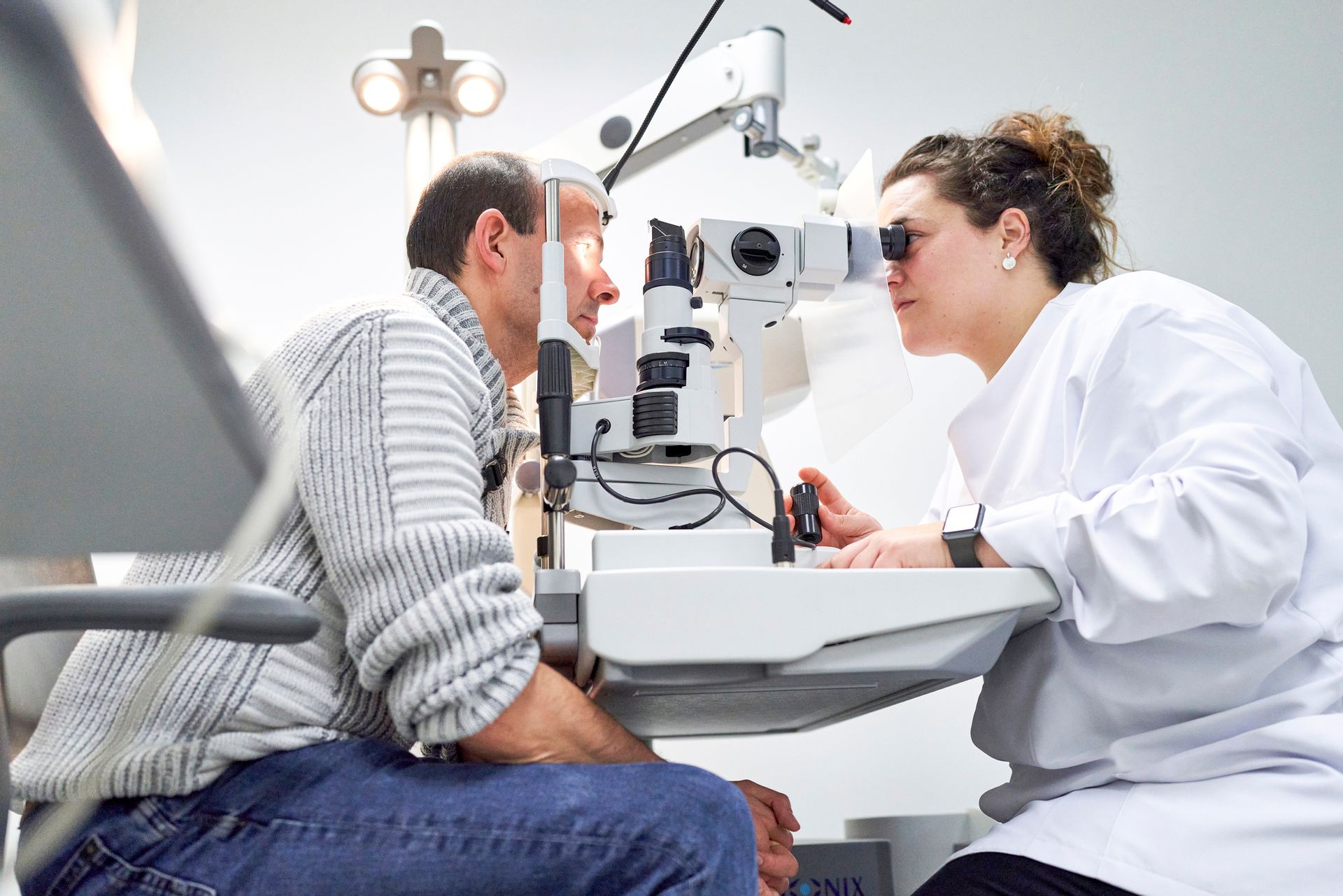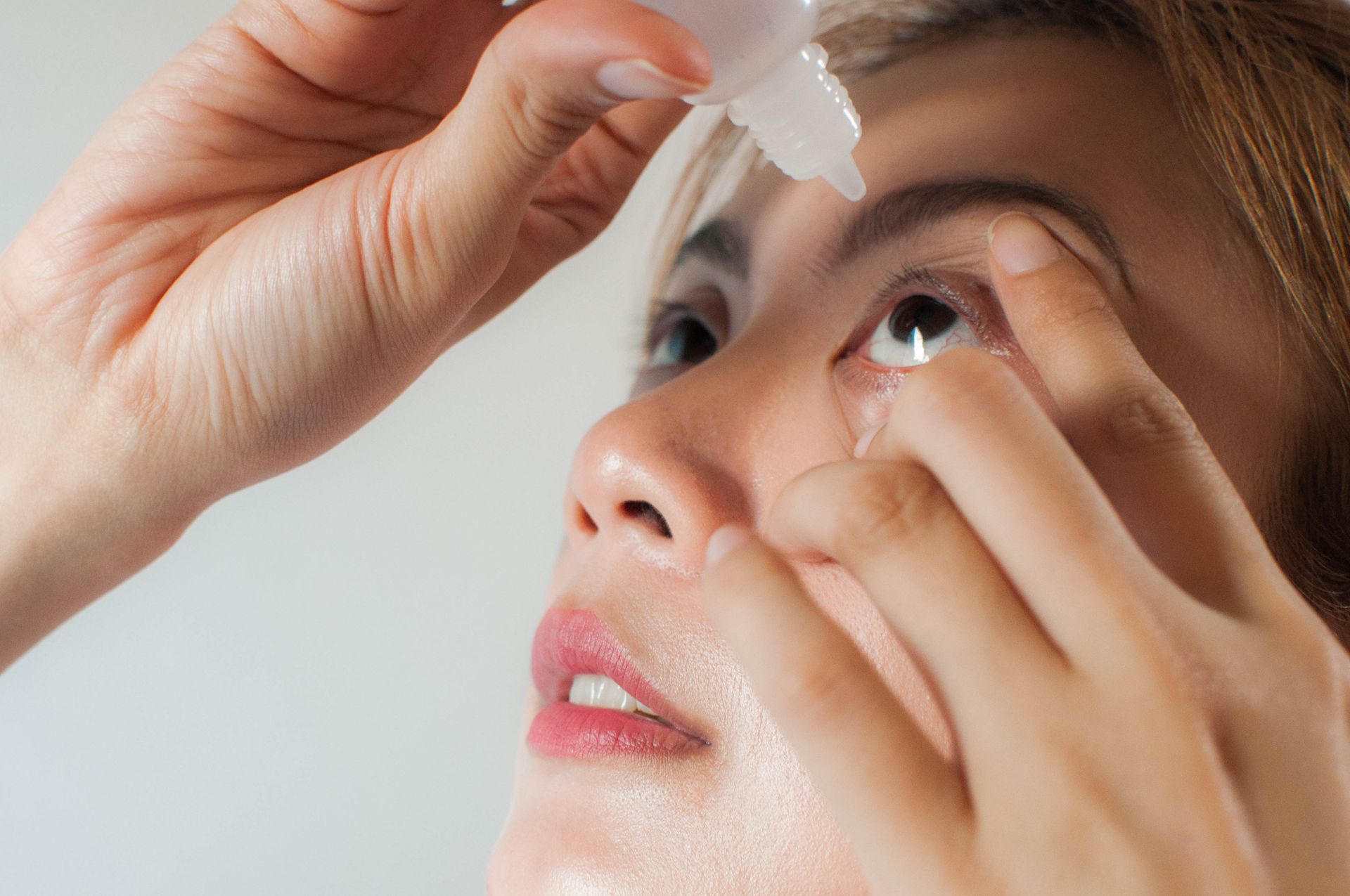4 Problems That Can Affect Your Peripheral Vision
When you think about your vision, you may focus on your ability to see objects in your central visual field. However, your peripheral vision, which allows you to see objects out of the corners of your eyes, also counts as an important part of eyesight. Poor peripheral vision may increase your risks for accidents and injuries.
A variety of health conditions can limit your peripheral vision. Some of these conditions, such as migraines, may produce only a temporary loss of peripheral vision, while others can threaten your eyesight with steady, progressive deterioration. Take a look at four issues that can lead to chronic peripheral vision loss.
1. Glaucoma
Glaucoma involves the destruction of the optic nerve fibers that relay visual information to the brain. Typically, the drainage mesh that normally drains excess eye fluid starts to fail, allowing pressure to build up inside the eye. This pressure destroys the optic nerves, resulting in progressive, permanent vision loss.
Although a variant known as narrow-angle glaucoma can produce sudden, acute vision loss and other alarming symptoms, most people with this disorder have open-angle glaucoma. In open-angle glaucoma, sluggish fluid drainage creates a slow deterioration in vision, starting with a reduction in peripheral vision.
Fortunately, eye doctors know how to slow or even arrest glaucoma's progress before you lose significant eyesight. Your ophthalmologist may prescribe pills or eye drops to help regulate your internal eye pressure. If medication fails, state-of-the-art laser surgery can improve eye drainage and spare your optic nerves from further damage.
2. Retinal Detachment
Even a healthy optic nerve cannot relay visual data to the brain if it never receives that data from the retina. A thin layer of retinal tissue covers the interior surface of the eyeball, collecting incoming light. Trauma, systemic health conditions, or abnormal blood vessel growth can make part of the retina detach and lose function.
Individuals who experience retinal detachment typically lose part of their peripheral vision, describing the symptom as a veil or curtain lowered over that part of their field of vision. If you experience this symptom, schedule an immediate evaluation. Prompt diagnosis may allow your ophthalmologist to perform sight-saving surgery.
3. Retinitis Pigmentosa
Retinal issues can deprive you of your peripheral vision even if you don't detach a retina. An inherited group of disorders collectively called retinitis pigmentosa affects some 100,000 peoplein the U.S. alone. In retinitis pigmentosa, the retina lacks the protein it needs to maintain healthy light-detecting cells.
Retinitis pigmentosa can affect your daytime sharpness of vision, but it most commonly impairs night vision and peripheral vision. Although medical science currently has no cure for retinitis pigmentosa, your ophthalmologist can help you optimize your remaining vision with corrective lenses and assistive devices.
4. Ptosis
Not all cases of peripheral vision loss involve structural problems in the eye itself. Some people struggle with a condition called ptosis. In ptosis, drooping eyelid tissue forms a physical barrier that prevents you from seeing out of the far corners of your eyes properly.
Treatment for ptosis depends on the condition's underlying cause. For instance, if weak or loose muscles have allowed eyelid tissue to droop, you may benefit from a medication called oxymetazoline. Corrective surgery can remove excess fat or tighten lax muscles. It can also reduce ptosis caused by neurological issues.
If you worry about the state of your peripheral vision, seek out the specialists at Calvert Ophthalmology Center. We can administer a variety of diagnostic tests to check your range of vision, identify any problems that limit your eyesight, and provide medical treatment as needed. Contact our clinic today for an appointment.












